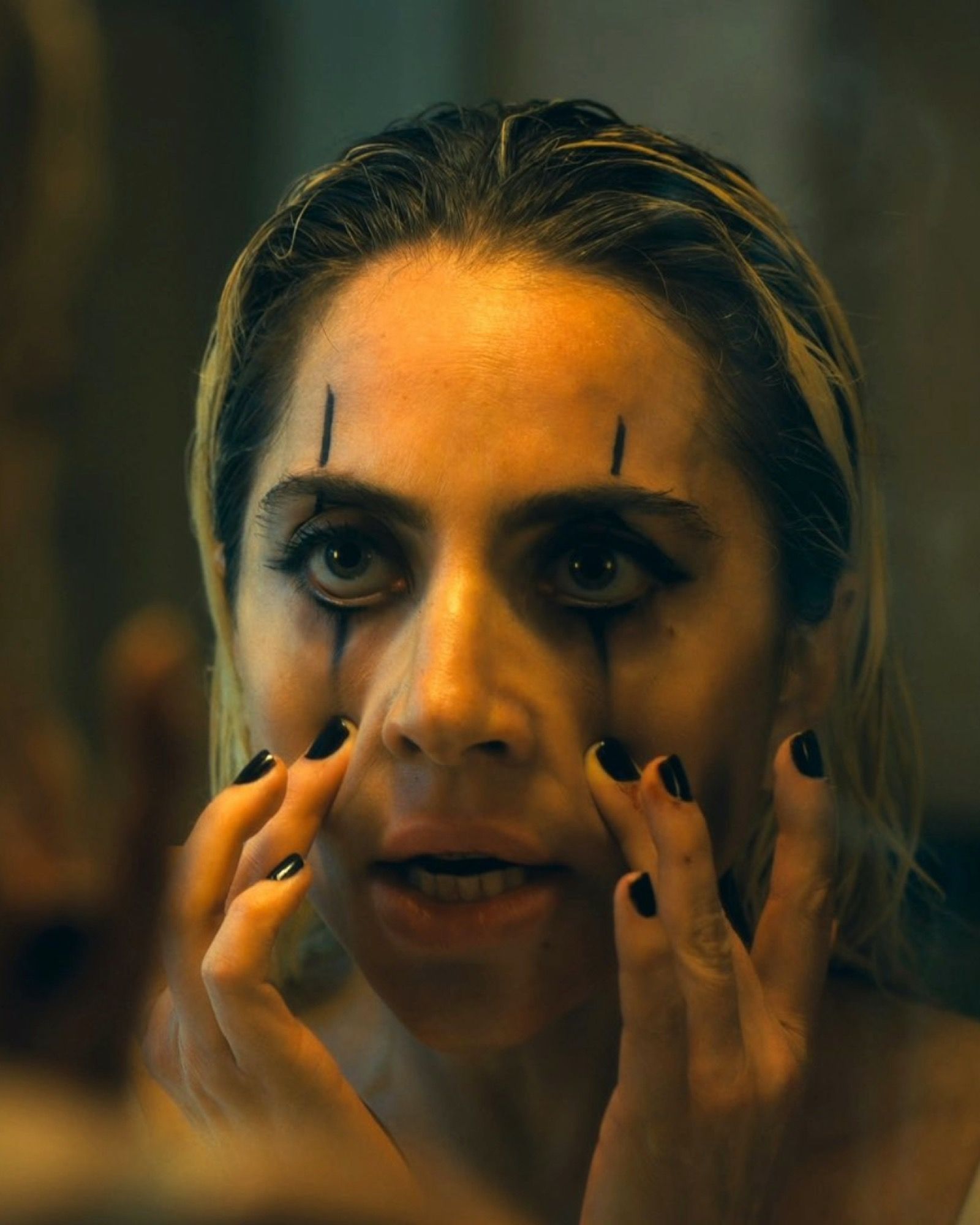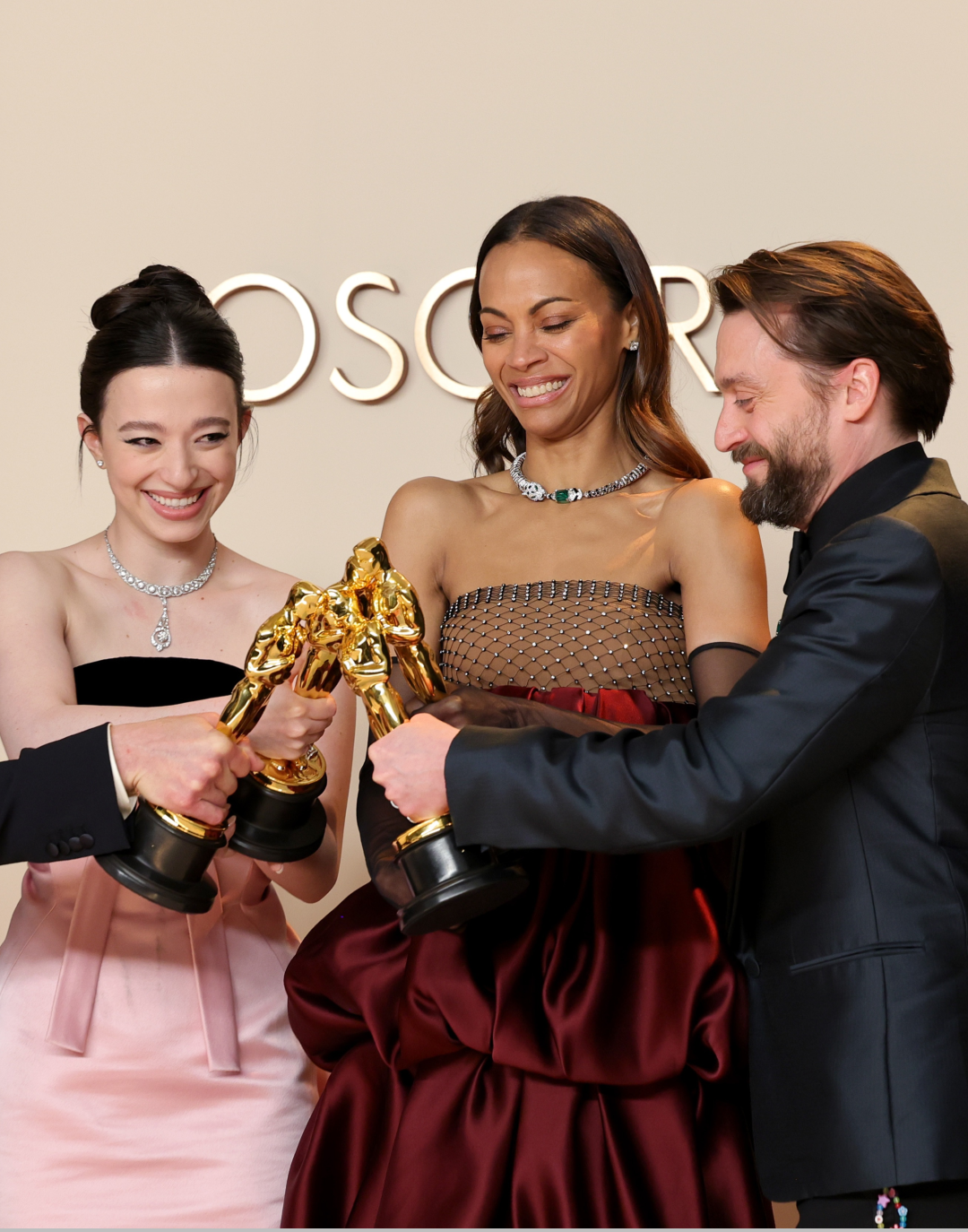
How come from trailers you can't tell anymore when a movie is a musical? A trend that has been ongoing for several years now
On the night of Wednesday, April 10, the first trailer for Joker: Folie à Deux was released, the sequel to the 2019 film Joker, starring Joaquin Phoenix – who won the Oscar for Best Actor for that role. The film was awarded the Golden Lion at the Venice Film Festival, subsequently achieving significant success with both audiences and critics. There was, therefore, much anticipation for the next chapter, especially since it will feature Lady Gaga alongside Phoenix: she will play the role of Harley Quinn, who in the Batman comics is Joker's partner, both romantically and in their actions. Joker: Folie à Deux will once again be directed by Todd Phillips and will be released in Italy on October 2nd. The film's unique aspect is that it will be very much like a musical, with potentially several choreographed singing and dancing scenes. However, this characteristic struggles to emerge from the trailer; find out why. Recently, a similar thing happened with Gloria!, the directorial debut of actress and singer Margherita Vicario – presented in competition at the last edition of the Berlinale and currently in Italian cinemas. In the film's preview, for which there are very high expectations, you can catch a glimpse of a scene that might resemble a choreography – but if a person watches it without knowing anything, there's practically nothing to suggest that it could be a musical film.
Why is there a tendency to conceal that a musical is a musical
@queerty New personality unlocked: the #Joker2 trailer is here and it’s everything! #PawsUp #ladygaga original sound - Queerty*
It's not the first time that trailers for films that are essentially musicals, or that have elements very close to this genre, lack clear references to choreography and dance. This trend has been going on for several years and has been noted by various specialized magazines, including the respected Screen Crush. In the past, it has happened with Wonka as well. In both released trailers, only one scene reminiscent of choreography was shown – you briefly see Wonka (Timothée Chalamet) in the center of a square, surrounded by people twirling with open umbrellas. Screen Crush also mentions Miraculous – Le storie di Ladybug e Chat Noir, an animated film distributed by Netflix. The article's author recounts how his children didn't expect so many singing and dancing sequences: "After about 20 minutes, my daughter approached and asked me: 'Dad, why is everyone singing?'". Another example cited is the film The Color Purple, released in cinemas last December 25th.
Even though it's a cinematic adaptation of a well-known theatrical musical, the trailer effectively hides all references to the musical aspect. The same can be seen in Mean Girls, another cinematic adaptation of a popular Broadway musical: set to be released in theaters in 2024, the trailer features no singing. A few decades ago, however, musical trailers were very different: from the previews, they emphasized the typical features of this genre, trying to engage the audience through the dances and original songs of the soundtrack. This can be clearly seen, for example, in the trailers for Singin’ in the Rain (1952) or Grease (1978). The change in approach stems from producers today believing that audiences are increasingly less interested in musicals, so the industry, to attract more people, prefers to create and distribute trailers with little or no references to the genre. But if film studios don't believe that general audiences can appreciate musicals, why do they keep making them?













































